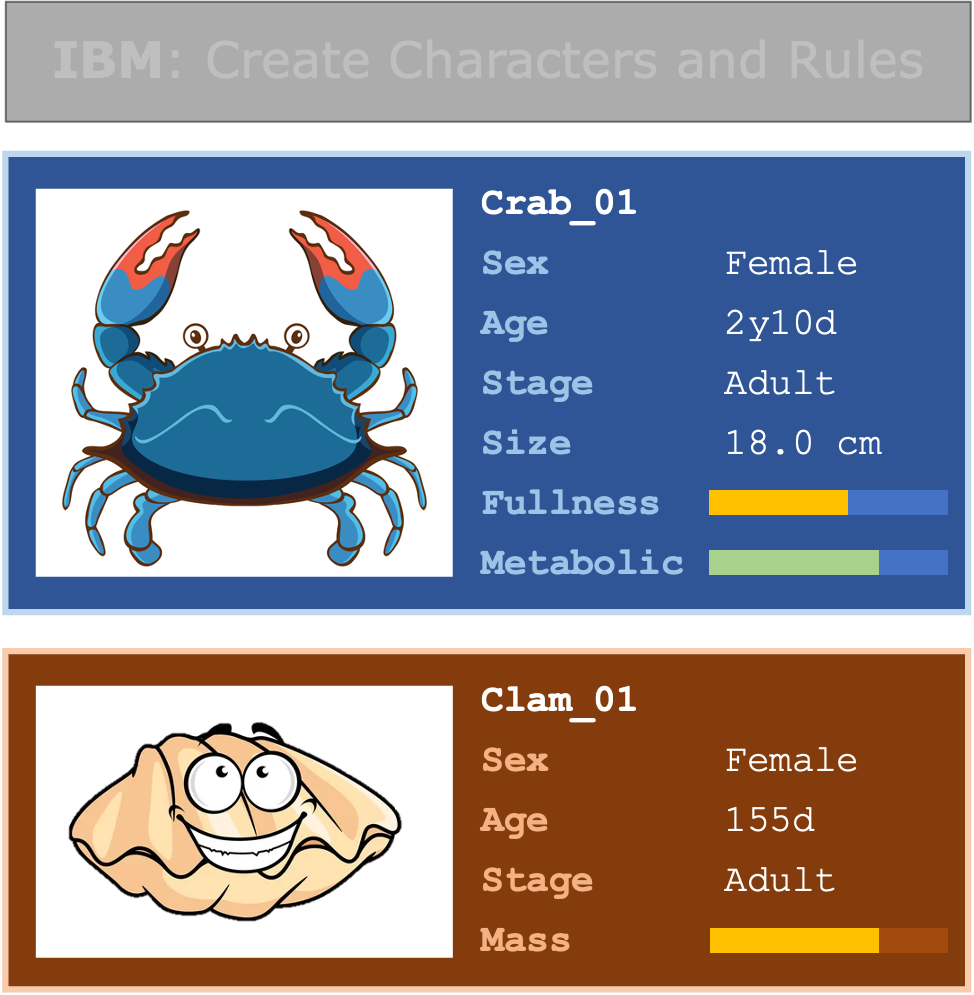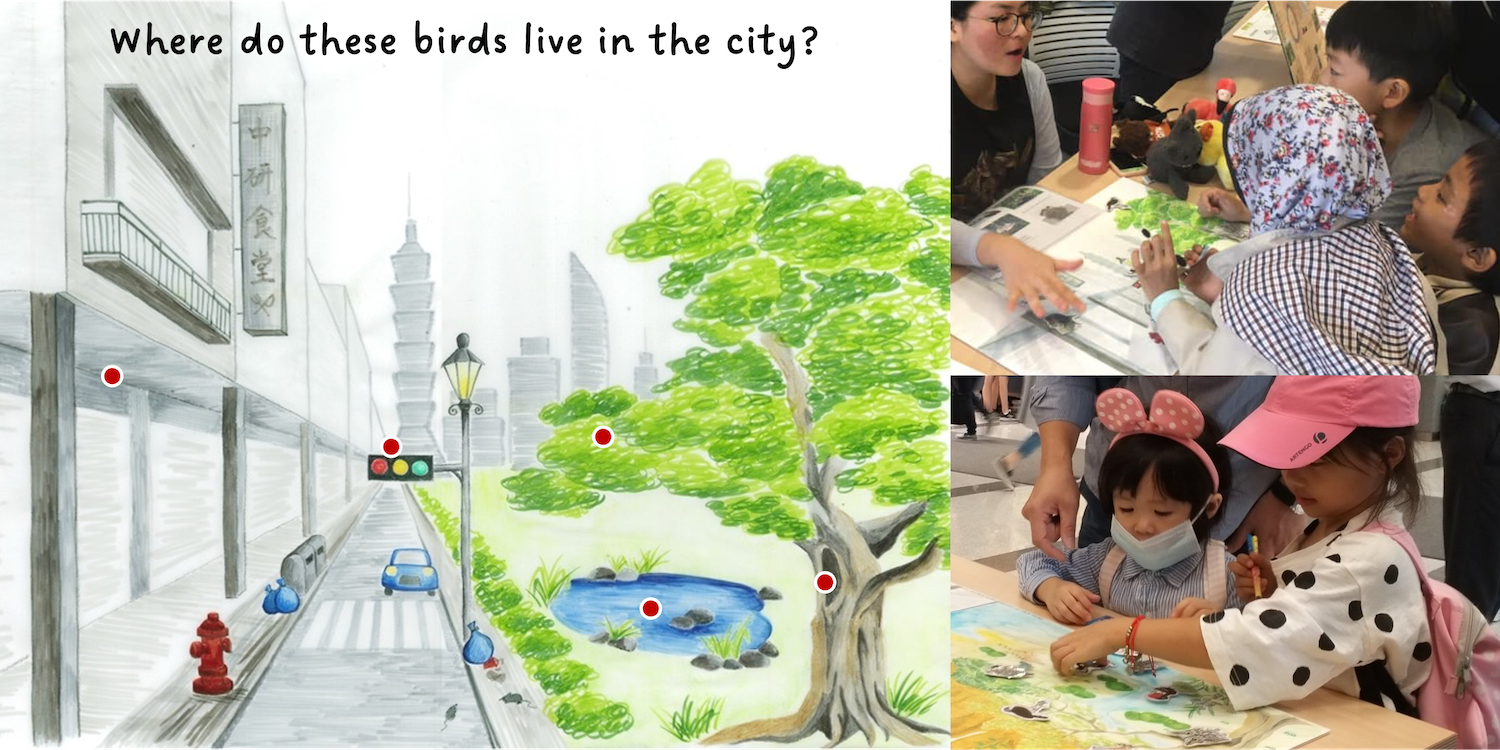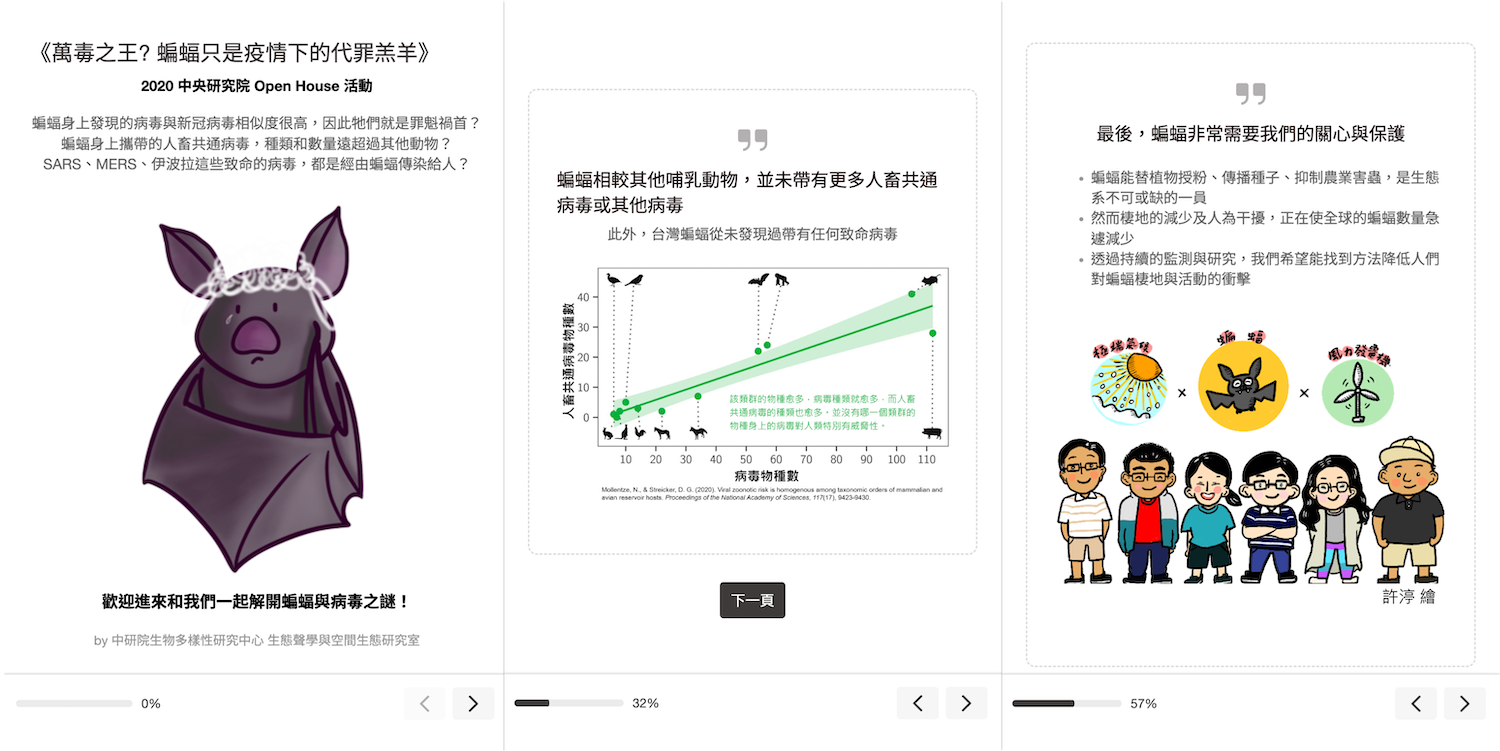Teaching
Teaching has been a deeply rewarding aspect of my doctoral journey. I've learned a great deal not only from inspirational mentors, but also from my students and the wider community.
University of Maryland

Extinction risk
| Course: | HNUH 258C Nature at Risk: Extinction, Consequences, and Strategies |
| Role: | Teaching assistent (Fall 2025) Assisting material developmenet (Fall 2024—Summer 2025) |
I worked with the course instructor to develop materials for a new University Honors Program course that explore the biological, geographical, and matehmatical concepts realtead to extinction risk. To help students apply learned concepts in conservation prioritization without bias from preexisting knowledge of real species, I used generative AI to create a diverse set of fictional species with varying life-history traits, geographic distributions, population statuses, and human utilities.

Population ecology
| Course: | BSCI 462 / BIOL 708R Population Ecology |
| Role: | Guest lecturer (Spring 2025) Teaching assistent (Spring 2024) |
Motivated by my interest in sustainability, I joined the teaching initiative to integrate global change concepts into the undergraduate biology curriculum as a TA for Population Ecology, supported by a UMD Teaching and Learning Grant.
I designed and delivered five lectures centered on Blue Crabs (an iconic species for Marylanders), using a case study approach to introduce key concepts in population dynamics, including population structure, species interactions, spatial dynamics, harvesting, and climate change. This includes an R tutorial as an in-class activity to demonstrate how these concepts can be applied to explore fishery policy options. These lectures I developed were integrated into the regular curriculum, and I was later invited back to give guest lectures.

Human anatomy
| Course: | BSCI 201 Human Anatomy and Physiology |
| Role: | Teaching assistent (Spring 2022, Fall 2022, Spring 2023, and Fall 2023) |
I taught anatomy lab sections twice a week for four semesters as part of the course (with lectures on physiology taught by the course instructor). To make this memorization-heavy subject more engaging, I incorporated active learning activities and developed online games as study aids. These games became widely used and are now a regular resource for the ~800 students who take the course each year.
Outreach
Public education meterials development
During my time at Academia Sinica, I worked with dedicated colleagues and undergraduates to create engaging educational materials, leading several of the projects including stick-on boards for kids to learn about natural and urban habitats of common birds in Taiwan, and an interactive online module “Are bats to blame for COVID-19?” designed to bust myths about the pandemic.
I also enjoy volunteering each year at the Maryland Day at UMD, where I got to share my love for science and nature with the public through fun activities.

